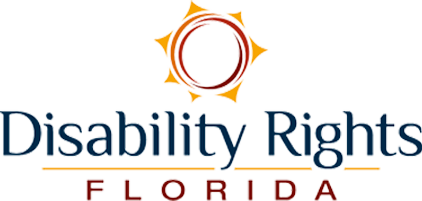Requirements for Use of Seclusion
Seclusion lasting longer than one hour requires approval by a designated staff person, or “authorizing agent”. This person must meet certain qualifications that are outlined by the State of Florida. A person cannot be secluded for more than two hours without the authorizing agent performing a visual review and approval of the procedure. Each use of seclusion, however, requires continuous staff monitoring.
Staff Qualifications for Use of Seclusion
Each facility or provider must have policies and procedures related to the use of seclusion that follow the standards outlined in Florida Administrative Code (F.A.C.) 65G-8. Seclusion can only be used if a sufficient number of trained and certified staff are available to ensure it is safe. Staff must be trained in an emergency procedure course that has been approved by the Agency for Persons with Disabilities (APD).
Conditions for Seclusion
- Any room used for seclusion must have sufficient lighting and ventilation to permit a person to see and breathe normally.
- The room must have enough space so that the person can lie down comfortably.
- Foreign objects that might be a hazardous/dangerous to the safety of the individual must be removed.
- The door to the room must not be locked, however, it can be held shut by a staff person using a spring bolt, magnetic hold, or other mechanism.
- Forensic facilities may seek a waiver or variance from this requirement from APD.
Limitations on Use of Seclusion
If a person with a developmental disability or disabilities is secluded more than two times in any thirty-day period or six times in any twelve-month period, then the facility or provider should submit a request for behavioral analysis services for that person, including documentation of the frequency of reactive (restraint and seclusion) strategy use. This means that a behavioral assessment must be conducted to determine why the individual is engaging in the dangerous behavior, and for an individualized behavior intervention plan to be put in place.
Release from Seclusion
Seclusion must be ended when the emergency ends. Facilities and providers must establish desired behavioral criteria for ending seclusion, and the person must be released within five (5) minutes of meeting those criteria. However, providers and facilities can seek an exemption from this requirement through a process outlined in Florida Statute.
Seclusion should be limited to one (1) hour in duration, but additional time may be added by the authorizing agent if that person determines an emergency situation still exists.
